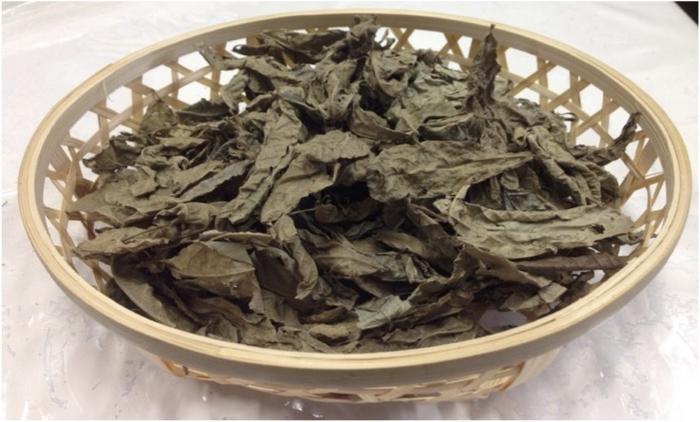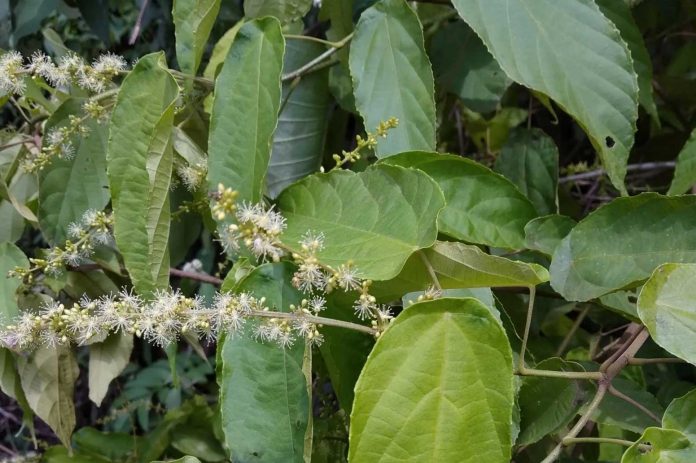In a recent scientific study, researchers unveiled the potential fat-busting properties of a native plant from Hainan Island. The findings could pave the way for novel strategies to address obesity and fatty liver disease in humans.
The plant under scrutiny is Mallotus furetianus (MF), a tropical species found not only on Hainan Island but also in parts of India.

For years, this plant has been brewed locally into a beverage known as “Shan Ku Cha”, (mountain bitter tea). It holds an esteemed place in traditional Chinese medicine (TCM) for its association with alleviating cholecystitis, a gallbladder condition caused by trapped bile.
Historically, there was a saying that Shan Ku Cha only grew in Dongshanling, Wanning, so it was known as “Dongshanling partridge tea” amongst locals. In reality, Mallotus furetianus is distributed all over Hainan, and it is mostly found in the coastal hills in the wild. The most famous areas for Shan Ku Cha are Tongguling in Wenchang and Dongshanling in Wanning.
The plant’s therapeutic potential sparked the interest of scientists who aim to harness its health-boosting qualities. A prior study demonstrated MF’s positive impact on gut flora in rats, resulting in improved protein and fat levels in the blood. Researchers from Japan’s Osaka Metropolitan University (OMU) also found its efficacy in preventing fatty liver disease.
Diving further into Mallotus furetianus’s potential, OMU researchers embarked on a study to explore its anti-obesity attributes. They conducted experiments on 36 mice, categorizing them into different groups that were fed normal control diets with and without Mallotus furetianus extract (MFE), as well as high-fat diets with and without MFE.
The outcome was striking: mice consuming a high-fat diet alongside MFE exhibited a 3-gram weight gain during the one-week study, while their counterparts on the high-fat diet without MFE gained double, approximately 6 grams.
Additionally, the mice supplemented with MFE showcased smaller adipocytes, (fat-storing cells), in comparison to the control group. This observation underscores MFE’s potential in regulating fat storage.
Should the effects translate to human studies, this natural compound could hold promise as a weight management tool.
Lead researcher Akiko Kojima from OMU’s Graduate School of Human Life and Ecology expressed the significance of their work: “Our research group is searching for food ingredients with antiobesity effects, based on the idea that if we can find and incorporate them into our daily diets, we can contribute to people’s health and longevity.” Kojima added, “These results not only suggest a link between Mallotus furetianus extract and antiobesity effects but also indicate its potential as a new food ingredient with antiobesity properties.”
The study’s findings have been documented in the journal Food and Science Nutrition, shedding light on the remarkable potential of Mallotus furetianus in addressing the pressing global concerns of obesity and fatty liver disease.
Related article: Recognising Scrub Typhus Symptoms, Transmission Risks, and Treatment Options






